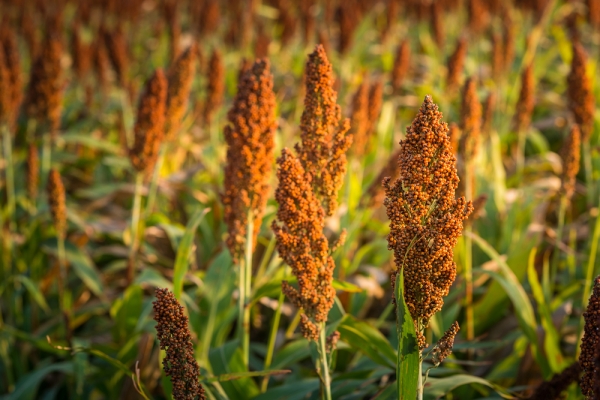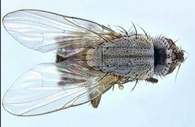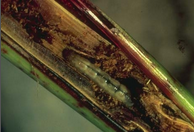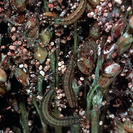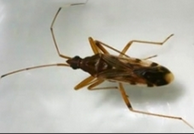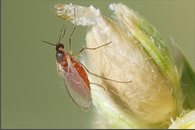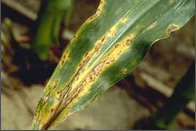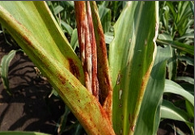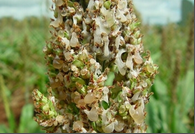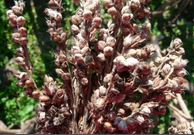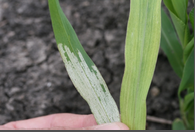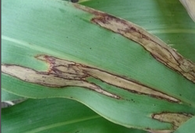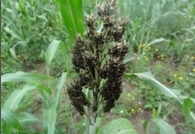General Information
Sorghum is considered to be originated in Northern Africa or at the Egyptian-Sudanese border 5,000-8,000 years ago. It is third major food grain crops of India. It is used as fodder crop also as industrial raw material in various industries in the USA and other country. USA is the largest producer of sorghum. In India Maharashtra, Andhra Pradesh, Karnataka, Madhya Pradesh, Gujarat, Tamil Nadu, Rajasthan and Uttar Pradesh are the important sorghum growing states.

